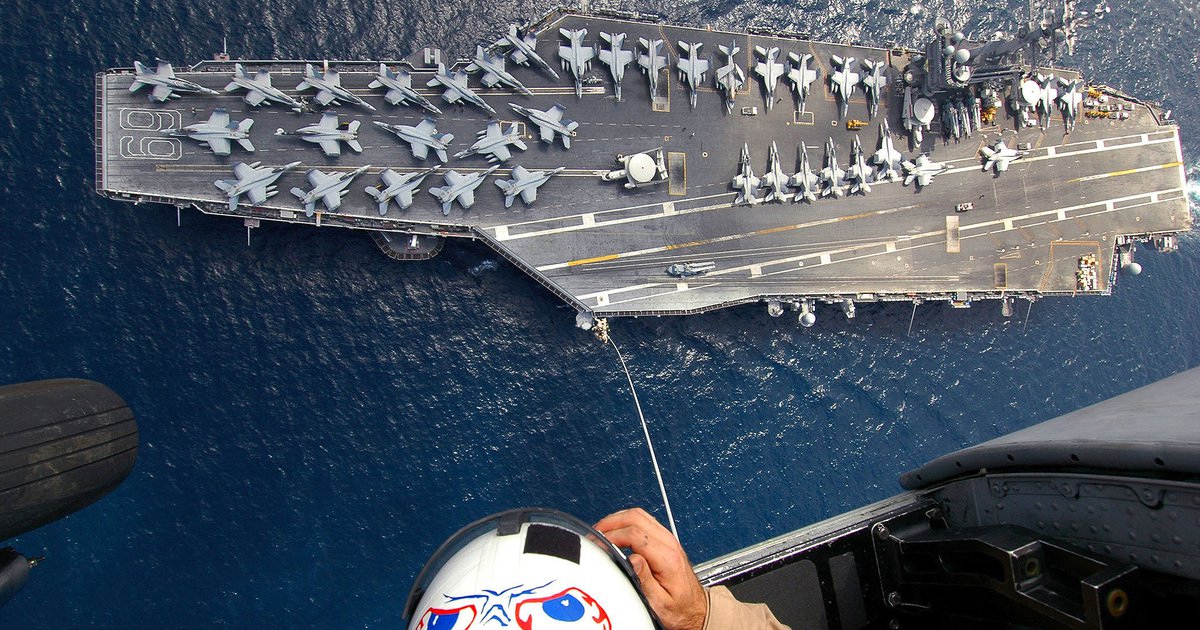
In the midst of a global pandemic crisis and just when we don’t need a war, there are signs that we might get one. Another conflict in the Middle East is possible, one reason being that there are two regimes that badly need a diversion from problems with COVID-19 at home.
The context is this. On 3 January this year, a US drone attack killed General Qasem Soleimani, the most significant military leader in Iran. The Iranians retaliated with a substantial missile attack on Ain al-Asad, a substantial Iraqi air base a hundred miles west of Baghdad. Donald Trump immediately tweeted that this did little damage and killed no one – a symbolic attack that did not require retaliation. The extent of the damage turned out to be far greater than he indicated: more than a hundred US military personnel suffered traumatic brain injury, some of them badly enough to be airlifted to a specialist medical centre in Germany.
Even so, there was no further US action of any substance and the fears of a sudden escalation to a war with Iran subsided. This changed two weeks ago with a barrage of eighteen unguided 107mm Katyusha rockets fired at a large Iraqi military training base, Camp Taji, which also hosted many US troops and some from other coalition states. Two US soldiers and one British RAF airwoman were killed and others injured.
Then earlier this week there were two further incidents. Rockets were fired towards the Basmaya base near Baghdad, where a Spanish contingent is based, and a day later – hours after Trump said that Iran was actually standing down from further attacks – three rockets targeted the heavily protected Green Zone in Baghdad. No casualties were reported but, contrary to Trump’s claim, Military Times reported: “The latest attack raises concerns anew of Iran-backed militias orchestrating attacks that could push the US into a broader conflict with Iran.”
In response, the US has imposed further sanctions, mainly against Iran’s petrochemical industry. According to the US Secretary of State, Mike Pompeo, “The sanctions are aimed at Iran’s petrochemical industry and are intended to “further Iran’s economic and diplomatic isolation.”
If that was all there is to it then there would not be too much cause for concern, but one other element may suggest otherwise: the decision of the Pentagon to deploy two full aircraft carrier battle groups to the region for the first time in eight years.
The US Navy has eleven nuclear-powered aircraft carriers, ten Nimitz class and just one of the new and problematic Gerald R. Ford class. Currently two of the Nimitz carriers, the Dwight D. Eisenhower and the Harry S. Truman, are in the region and are likely to stay there for the foreseeable future. Although two out of eleven doesn’t sound much, the strength of these warships and their accompanying flotillas of destroyers, frigates, cruisers, nuclear-powered attack submarines and auxiliary vessels is such that it is a remarkable concentration in one region.
The Gerald R. Ford-class carrier is not yet fully operational and at any one time the US Navy is likely to have two Nimitz carriers in major refit, others in for maintenance and perhaps three actually at sea. On very rare occasions the Pentagon may be able to ‘surge’ a much larger force. At the time of the first Iraq war in 1991 there were, for a short time, five carrier battle groups deployed, but that was thirty years ago when the navy had even more carriers than now. For military analysts observing the US Navy, a full carrier group in the vicinity of a potential war zone is worth noting, but two at the same time is far more so.
This doesn’t mean that conflict is imminent but the Tehran regime is certainly taking things closer to the edge, no doubt still angry over the Soleimani killing and Trump’s unilateral decision to withdraw from the nuclear deal. It is also facing mounting criticism for its handling the COVID-19 crisis, a confrontation with the US being a useful diversion. This applies equally to the US, where Trump’s performance on COVID-19 has been little short of disastrous and an Iran crisis could be a really handy diversion. For a detached observer, any move to war is little short of crazy, but these are not normal times.